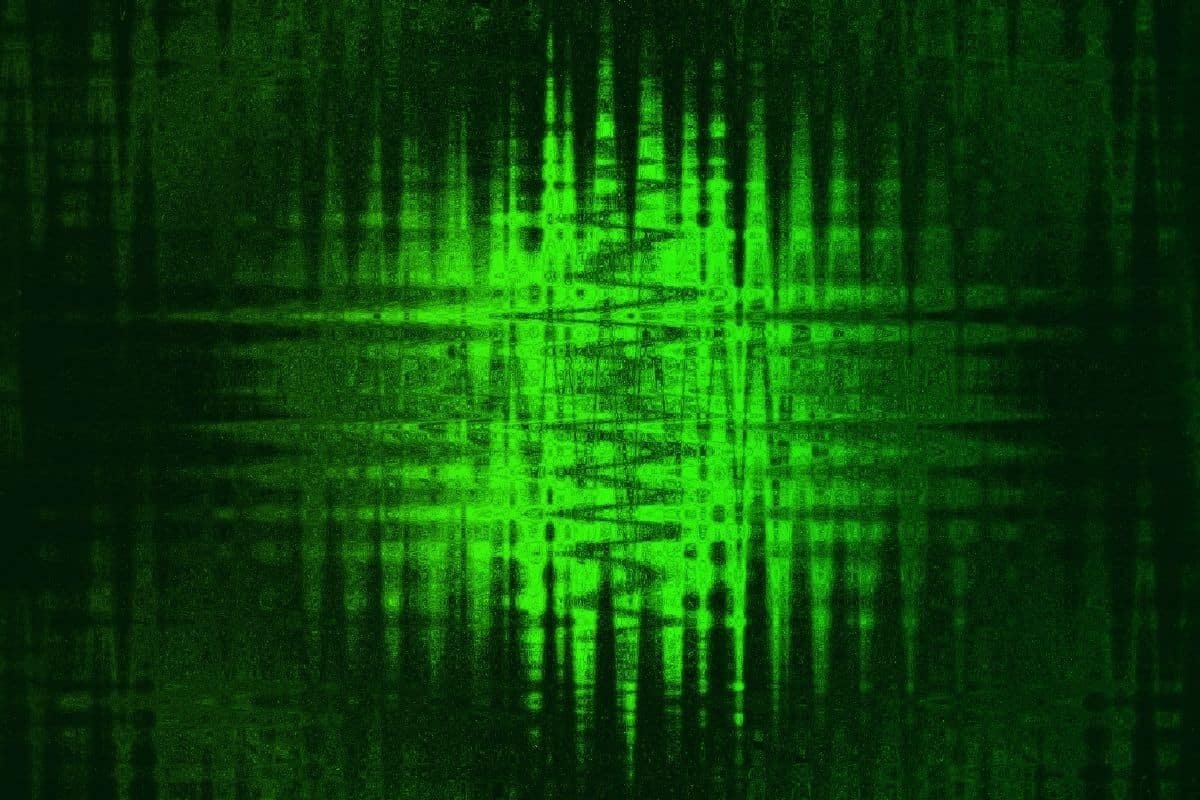We all know how annoying it is when the TV starts acting up. If you’re experiencing a fuzzy screen or aren’t getting all the channels that you should be, your TV antenna signal may not be strong enough.
You can buy amplifiers from stores or online that can solve this issue, but don’t part with your cash just yet!
You can try a few free techniques that may boost your TV’s signal for you, all from the comfort of your home.
Keep reading this page to learn how to boost your TV’s antenna signal!
Find Your Nearest Broadcast Tower
You can find out where your nearest tower is located and what frequency they use. The closer the tower is to you, the stronger the signal will be. You can find this information online.
Once you have found the broadcast tower near you, you need to aim your antenna toward your nearest tower. The outdoor TV antenna should be on one side of your house.
Make sure the front end faces the tower and that the antenna points in its direction.
All TV antennas, whether they are outdoor or indoor ones, work best with a clear line of sight. They do best when they have a clear path, without any hills, trees, or obstacles in between them.
Opt For A Different TV Antenna
If your TV stations are located near each other, you may want to opt for a Yagi-style antenna. These will have one long metal probe that extends outward from the center of the antenna.
This allows the antenna to capture more signals than an ordinary dipole antenna.
However, most towers are located far from each other, so aiming your antenna towards one of these will work for most people.
If your stations are located in many different directions, a multi-directional antenna may be a better choice. These have multiple elements that point in different directions. It works well if there are lots of different directions that your TV station broadcasts from.
Place Your Antenna Higher
A rule of thumb with TV antennas is that the higher they go, the better the reception. If the reception is better, you’ll receive more channels.
As you raise your antenna higher, it’s further away from obstacles that can cause interferences. The roof is usually a good choice for an outdoor antenna as it’s the highest point in your house.
Aim to fit your antenna on a vertical mast, as this will let you aim it towards different transmission towers. A mast that isn’t perfectly vertical can result in faulty reception.
Position The Antenna Near A Window
If you can’t position your antenna on a roof, you might need to opt for an indoor TV antenna. However, indoor antennas will still need to be positioned in a place that is free from interference.
Walls and ceilings will be obstructions that interfere with the antenna’s line of sight. Placing it next to a window can get around this, as this will generally be the clearest line to the television transmitters.
Resetting Your Tuner
Digital tuners transform the signals arriving at your TV from analog to digital. These are usually located on both sides of your TV, but if you are using an external one, they may be located elsewhere.
You can clear the tuner’s memory cache to reset the channel information. Take note that broadcasters sometimes change the channel’s meta information. In this case, you won’t need to reset your tuner, but you will need to scan your channels again.
Despite this, resetting the tuner may be worthwhile if you struggle to access some channels.
- To do this, detach your antenna’s coaxial cord from the television.
- While the antenna is disconnected, carry out a channel scan on the set-top box. Switch the TV off and disconnect your television.
- Once a few minutes have passed, connect the antenna and television again, then turn the television on again.
- Scan the channels again and see if there is a difference.
Use A Metal Hanger
A metal hanger can help you boost your TV’s signal without spending on an amplifier. You’ll need speaker wire, tape, and a metal hanger to do this.
The hanger will act as an outdoor antenna, while the speaker wire acts as the antenna’s extension. To fix the two together, tape the hanger and wire to each other so they don’t move around.
Now you can position the hanger on higher ground, using tape to fix it to that location. Once you’re done, turn on your TV and see if you have any more channels.
If you’re successful, your signal should be better and you should receive some more channels.
Look Out For Reflective Surfaces
Reflecting surfaces like metal walls or roofs can reduce the quality of your TV’s signal. This happens because these surfaces reflect radio waves at the antenna.
This causes interference, which means that less energy reaches your TV. As a result, you’ll lose some of the channels you were receiving before.
If you notice this happening, try moving your antenna six feet away from any reflective surfaces made from metal. This includes burglar bars and bug screens on windows. If this doesn’t work, you may need to consider investing in an external amplifier.
Interfering Radio Signals
If your home is located near an FM radio station, the station may interfere with any television stations with weaker signals.

You can opt for a preamplifier that has an FM trap, as these will block the radio signals. If you do this, make sure that your desired TV channels aren’t broadcasting before you start blocking them.
Protect Your Antenna From The Weather
Outdoor antennas can be damaged from rain, wind, and extreme heat. They may be sturdy and waterproof, but antennas can have separate components like screws and connectors. If these aren’t of good quality, they can easily break down.
Every year, make sure that you examine your outdoor antenna, including any other cables and external devices. Look out for any rusting or eroding parts and make sure you attend to them as soon as possible.
Conclusion
Boosting your TV signal isn’t easy, but there are many ways to improve your reception.
Whether you try changing your antenna’s position, using a metal hanger, or resetting your tuner, remember that these methods won’t work if your equipment is defective. Make sure that your cords, screws, antenna, and cables aren’t the problem first, as they could be the initial issue.
With a bit of luck, the methods above will save you from expensive amplifiers and the cost of cable TV!





